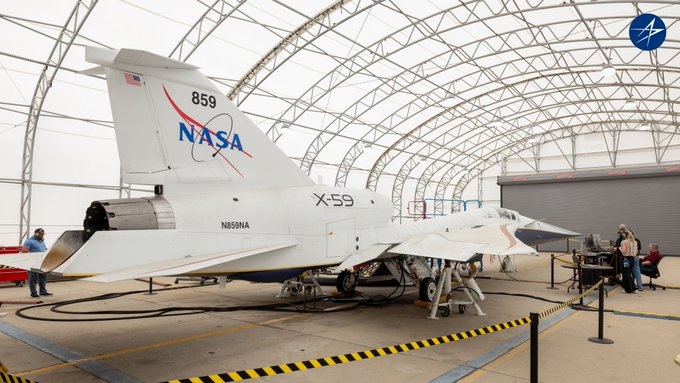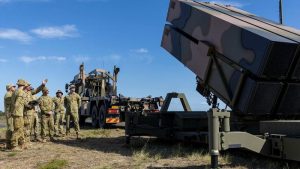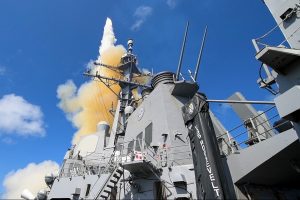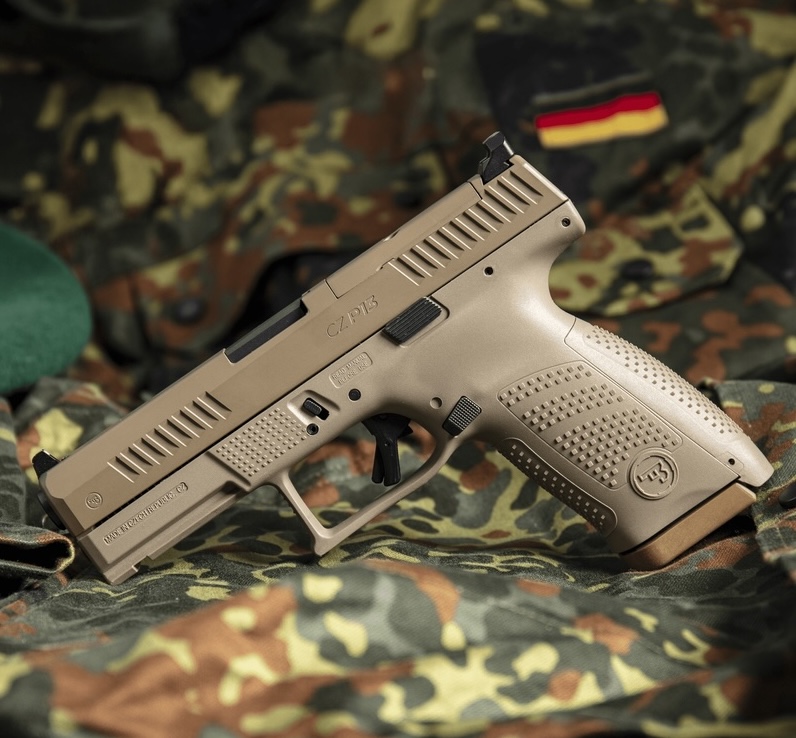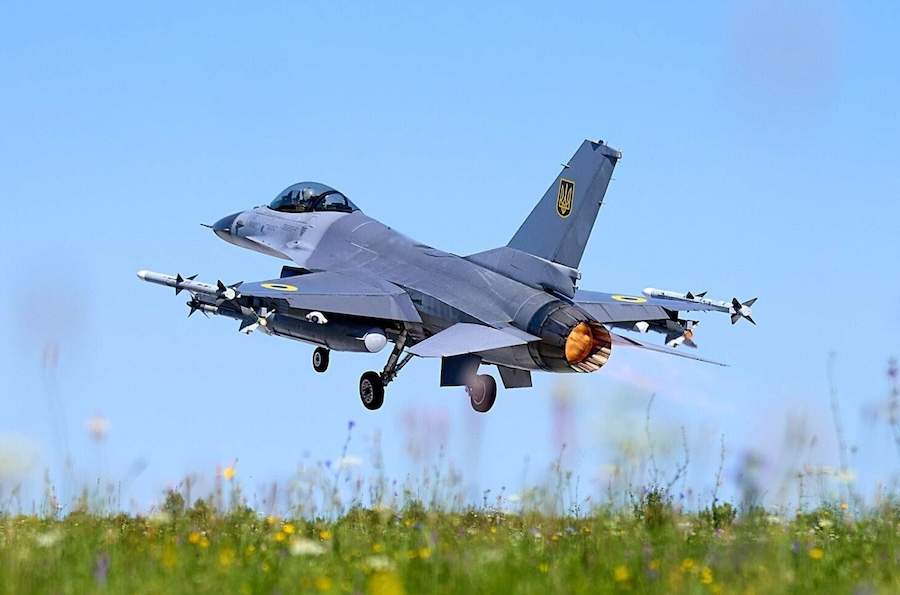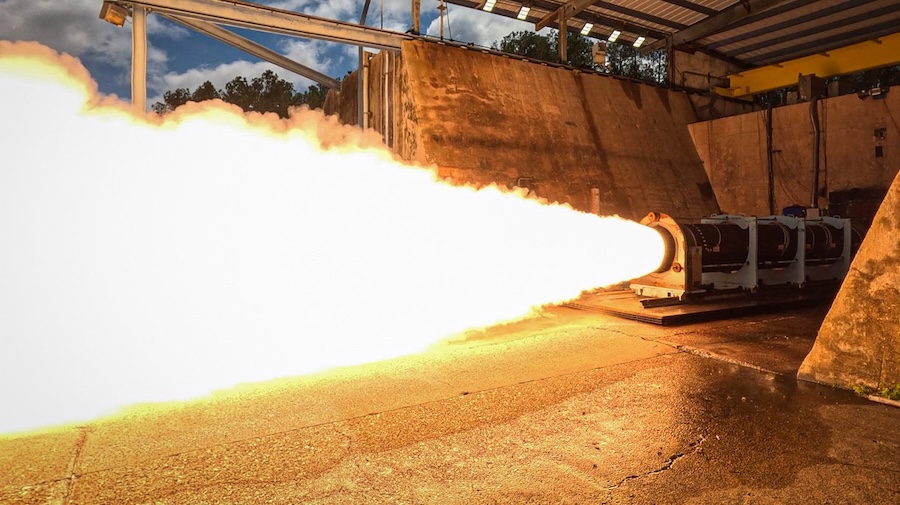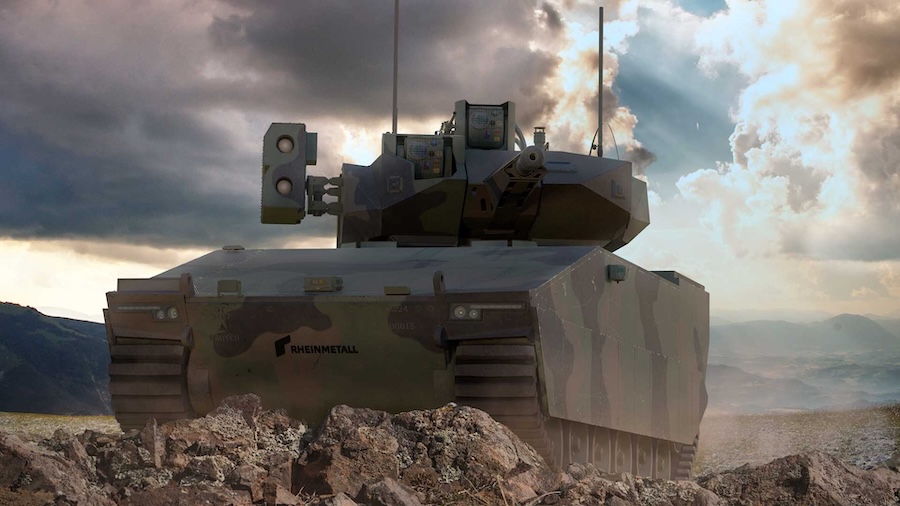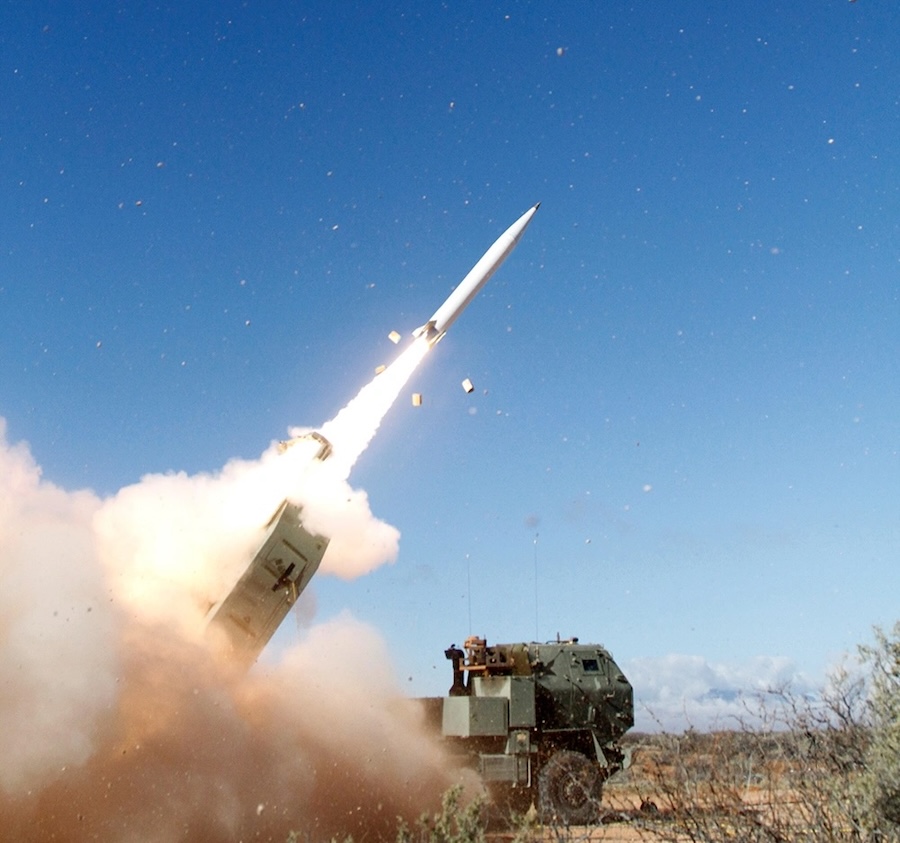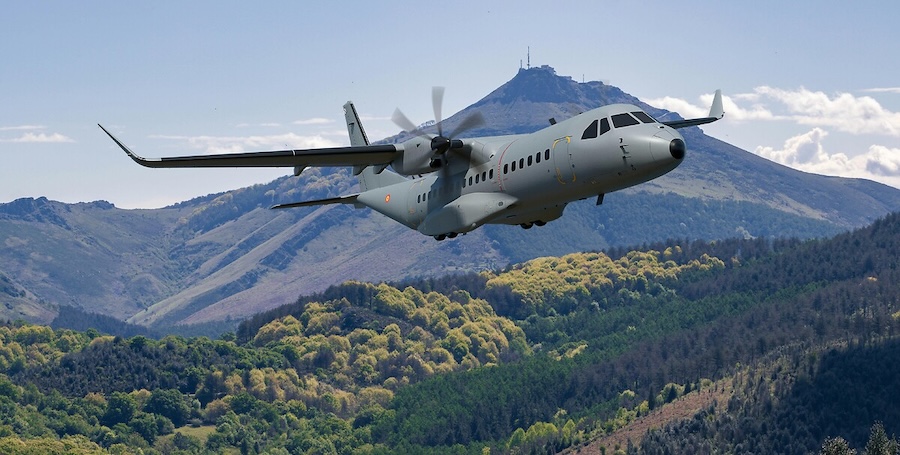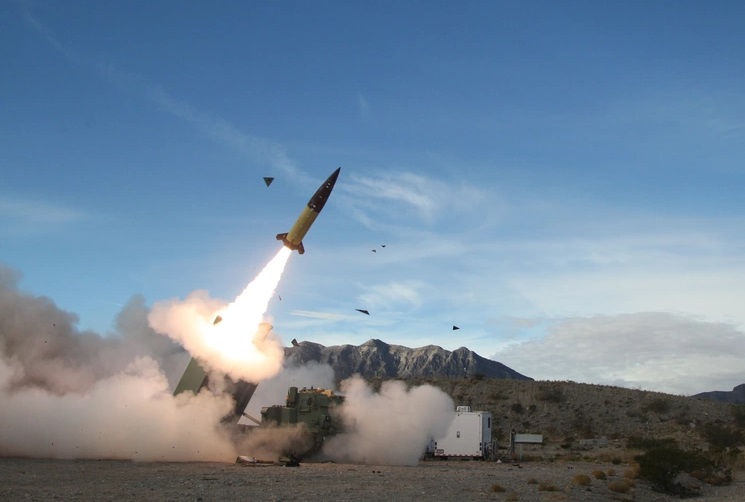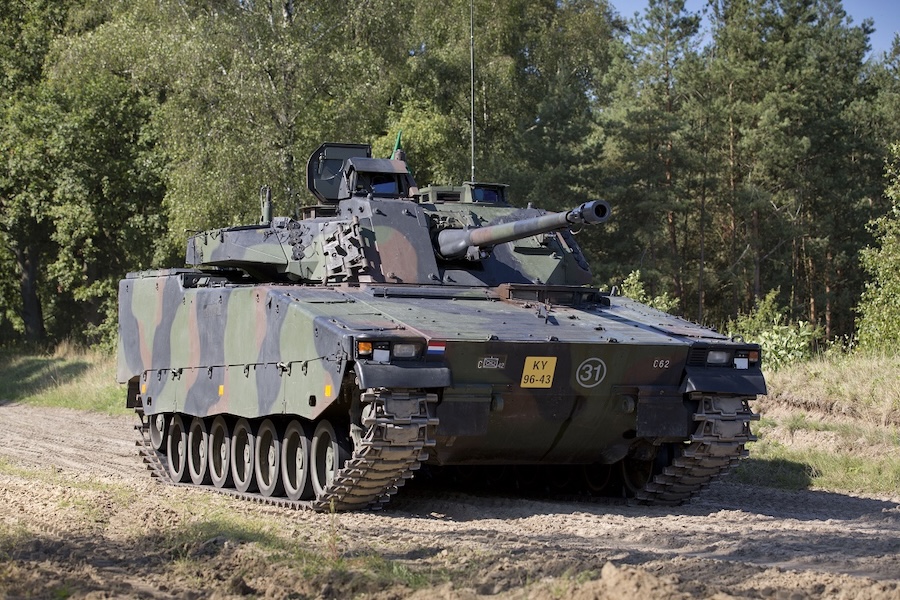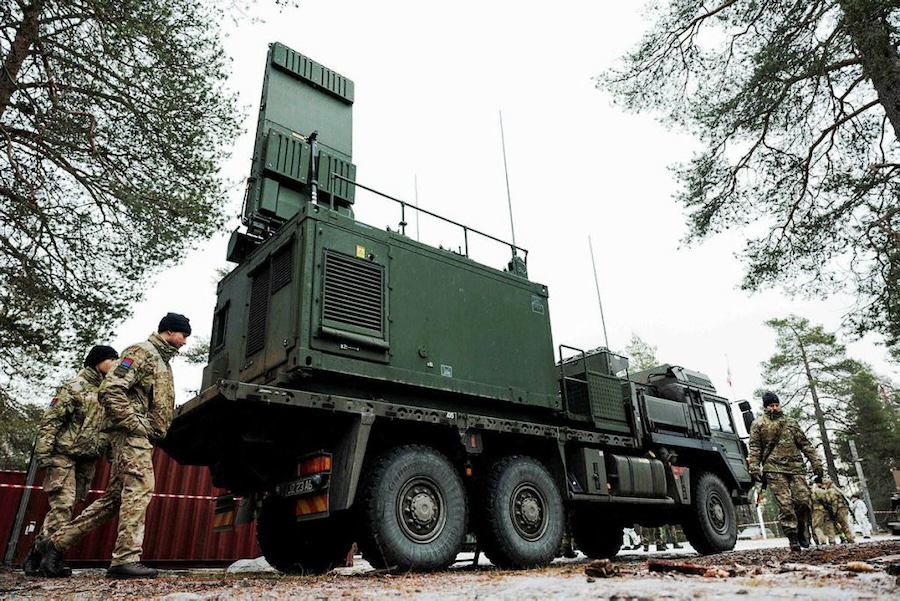The static tests aimed to verify the correctness of connections across all systems following the completion of structural assembly. Additionally, safety checks were performed, and potential flight failures were simulated to develop procedures for addressing such scenarios.
The next phase will involve the aircraft taxiing on the airfield under its own power. This will help assess the aircraft’s behaviour during acceleration and braking on the runway, a crucial step to determine the safe take-off roll length and rotation speed, as well as the effectiveness of the braking system.
During this stage, initial reactions to control inputs and engine throttle movements will also be tested. This will allow the pilot to gain a better understanding of the aircraft’s performance in real conditions, which may differ slightly from the computational assumptions used in the flight simulator.
Following the taxiing tests, the X-59 will proceed to flight trials to evaluate its overall flight characteristics. These tests will establish the aircraft’s operational limits, helping pilots understand how far they can push the aircraft during experiments while ensuring a safe landing. This phase is expected to last nine months.
Only after completing the initial testing phase can the primary mission objectives be pursued. NASA intends to use the X-59 to study the impact of supersonic flights over populated areas, aiming to establish noise standards for the next generation of commercial supersonic passenger aircraft.
The second phase of flight tests has been designated as acoustic validation. This will focus on proving that the X-59’s innovative “quiet sonic boom” technology functions as intended and that the aircraft’s performance in real atmospheric conditions matches the calculated predictions. If the technology is validated, it could pave the way for constructing commercial supersonic passenger jets.
The X-59’s innovation lies in significantly reducing the intensity of the sonic boom through several novel design solutions. Its elongated shape and small forward wings disperse shock waves along the fuselage, preventing them from merging and amplifying. Additionally, the upper-positioned engine air intake acts as a sound barrier, reducing noise for people on the ground. NASA claims that the transition to supersonic flight will sound no louder than a car door slam (around 75 dB), while the cruising speed of Mach 1.5 will produce a noise level comparable to that of conventional subsonic aircraft.
The third and final phase will involve the actual experiment, gathering data from populations exposed to the quiet sonic boom. The X-59 will fly over selected cities, collecting noise data through subjective resident surveys and ground-based precision measuring instruments. The analysed results will be used to develop permissible noise standards for sonic booms in collaboration with the International Civil Aviation Organization (ICAO) by 2027. Establishing these standards is considered a key step towards enabling commercial supersonic flights over land.


